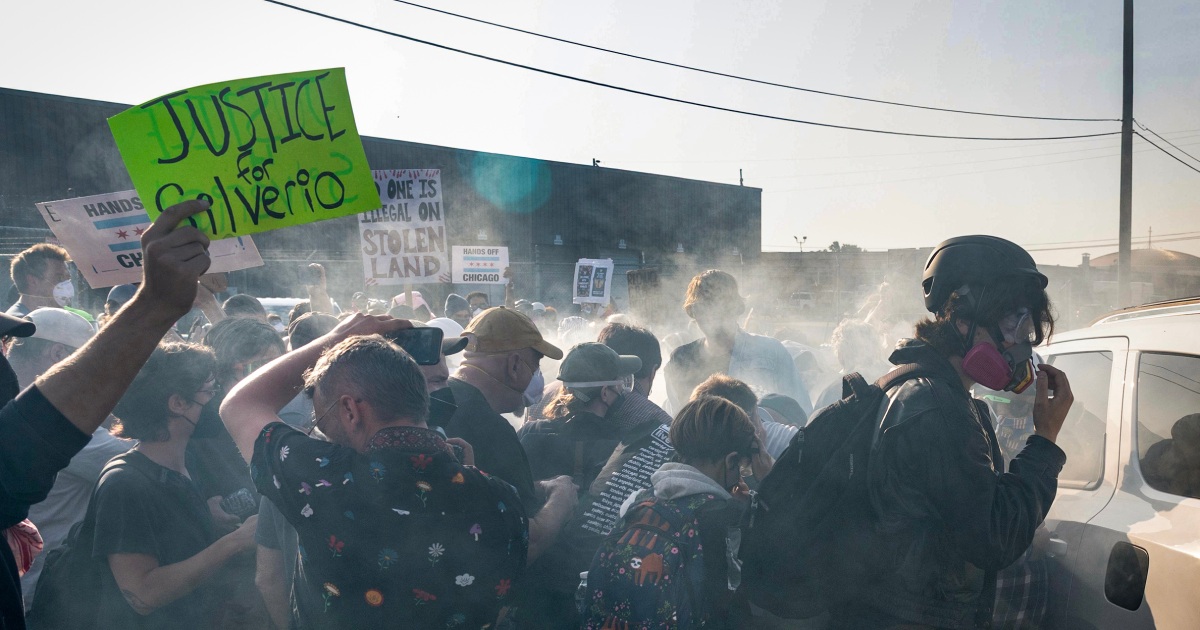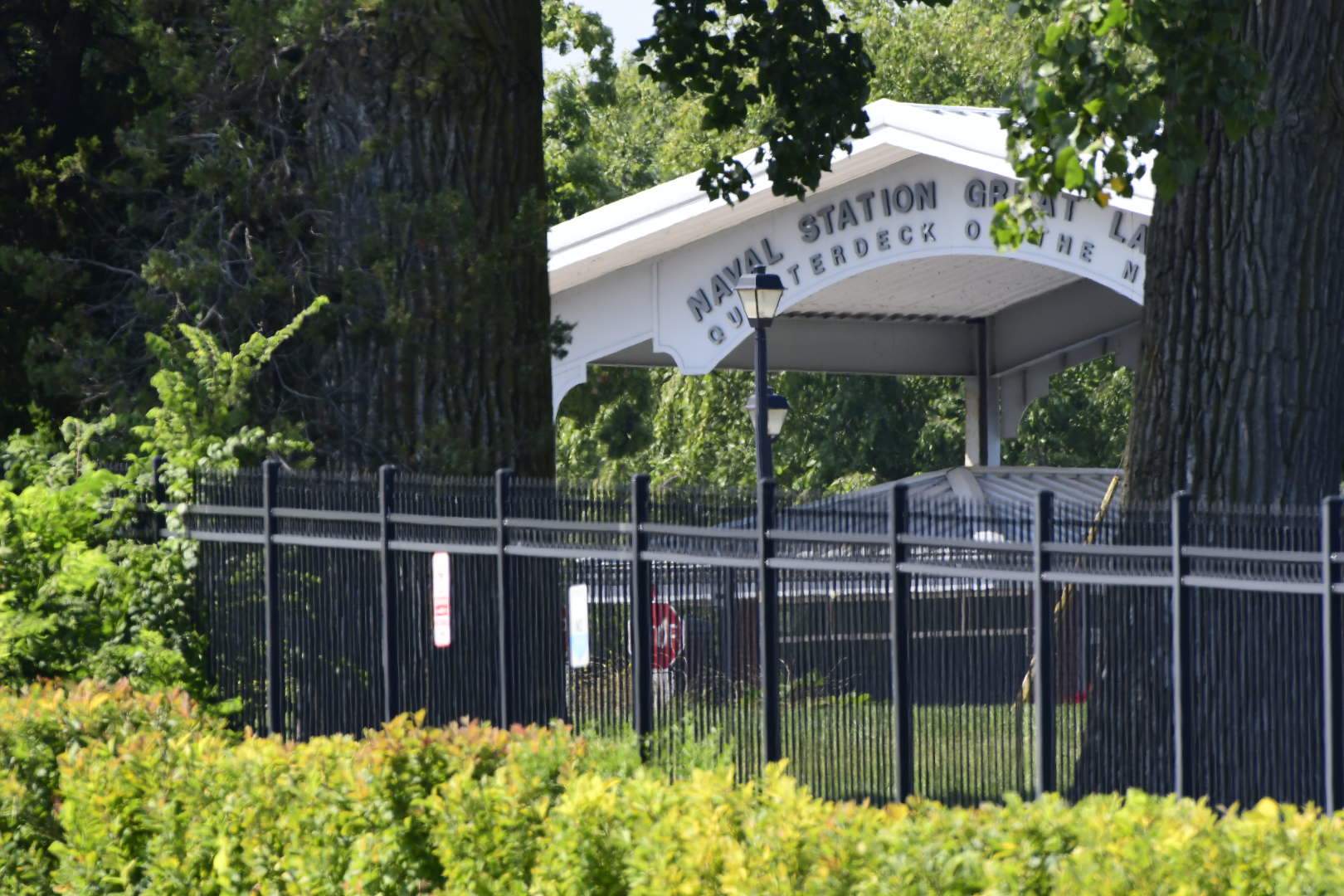Tear Gas in Chicago Sparks Debate Over Trump's Immigration Crackdown

Introduction
A recent incident in Chicago highlights the intense scrutiny surrounding immigration enforcement under the Trump administration. A former ICE director has voiced concerns that federal agents are being placed in a "terrible position" due to aggressive immigration policies. This criticism follows a dramatic confrontation where federal agents deployed tear gas on a crowd, prompting a judge to order the agents to wear body cameras.
Key Details
The deployment of tear gas in Chicago is emblematic of the heightened tensions and confrontations between federal agents and communities. Such incidents underscore the challenges faced by agents tasked with enforcing strict immigration policies in urban settings. The use of force and the subsequent legal responses have raised questions about the balance between enforcement and civil rights.
Impact
The ongoing immigration crackdown has significant implications for both agents and communities. As agents navigate complex urban environments, they face both operational challenges and public scrutiny. The policies have also led to increased fear and mistrust among immigrant communities, affecting their participation in public life and interactions with institutions.
About the Organizations Mentioned
Immigration and Customs Enforcement
**Immigration and Customs Enforcement (ICE)** is a federal law enforcement agency under the U.S. Department of Homeland Security (DHS). Established by the Homeland Security Act of 2002, ICE was created in response to the 9/11 attacks to enhance national security and protect public safety. The agency's primary mission is to enforce federal laws related to customs, trade, and immigration, focusing on cross-border crime and illegal immigration[1][2][3]. **History and Structure:** ICE was formed by merging the U.S. Customs Service and the Immigration and Naturalization Service. It operates with over 20,000 staff across more than 400 global offices, with an annual budget of approximately $8 billion[3]. The agency is structured into several key directorates, including **Enforcement and Removal Operations (ERO)**, which handles immigrant detention and deportation, and **Homeland Security Investigations (HSI)**, which investigates transnational crimes[1][2]. **Key Functions and Achievements:** ICE is known for its immigration enforcement efforts, particularly in interior regions of the U.S. It conducts investigations into human trafficking, terrorism, and other transnational crimes. Despite controversy over policies like family separation and detention conditions, ICE has made significant strides in combating illegal activities and protecting national security[4][6]. **Current Status and Notable Aspects:** Today, ICE continues to face challenges and controversy, particularly regarding its enforcement practices and impact on immigrant communities. The agency's actions can have profound effects on local economies and social services, as fear of ICE may deter undocumented immigrants from accessing essential services[6]. Despite these challenges, ICE remains a crucial component of U.S. immigration policy, working to balance enforcement with humanitarian concerns.







